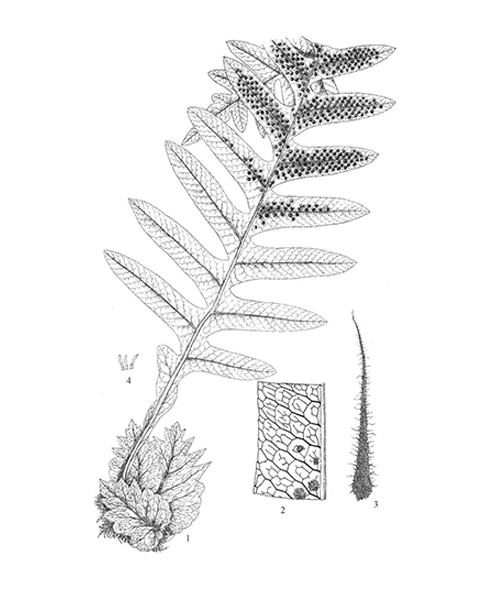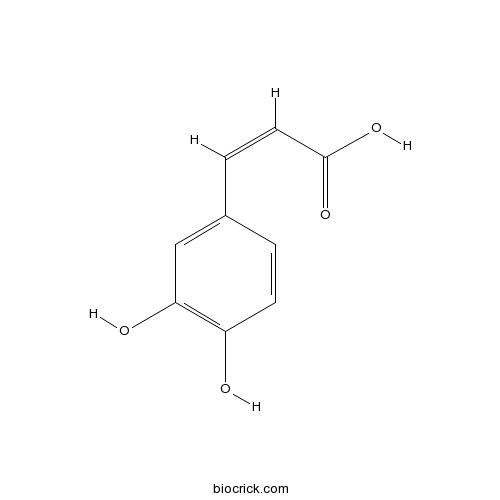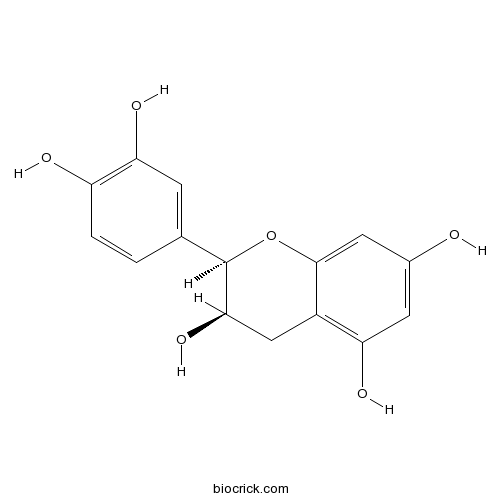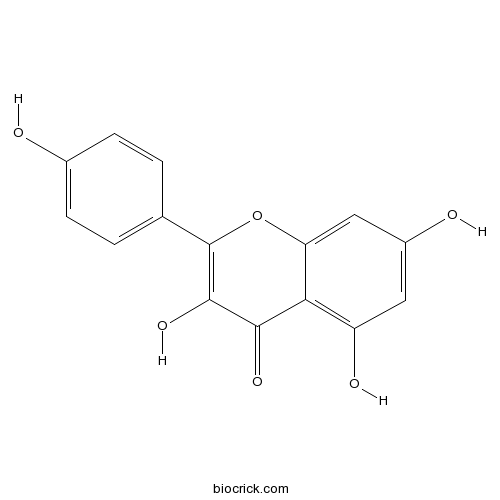Drynaria roosii
Drynaria roosii
1. The products in our compound library are selected from thousands of unique natural products; 2. It has the characteristics of diverse structure, diverse sources and wide coverage of activities; 3. Provide information on the activity of products from major journals, patents and research reports around the world, providing theoretical direction and research basis for further research and screening; 4. Free combination according to the type, source, target and disease of natural product; 5. The compound powder is placed in a covered tube and then discharged into a 10 x 10 cryostat; 6. Transport in ice pack or dry ice pack. Please store it at -20 °C as soon as possible after receiving the product, and use it as soon as possible after opening.

Natural products/compounds from Drynaria roosii
- Cat.No. Product Name CAS Number COA
-
BCN3271
Neoeriocitrin13241-32-2
Instructions

-
BCN5979
Caffeic acid331-39-5
Instructions

-
BCN2985
Kurarinone34981-26-5
Instructions

-
BCN5549
Astragalin480-10-4
Instructions

-
BCN5597
Epicatechin490-46-0
Instructions

-
BCN5653
Kaempferol520-18-3
Instructions

-
BCN1209
Eriodictyol552-58-9
Instructions

-
BCN4530
Leachianone A97938-31-3
Instructions

Full-Length Transcriptome Sequencing and Modular Organization Analysis of the Naringin/Neoeriocitrin-Related Gene Expression Pattern in Drynaria roosii.[Pubmed: 29660070]
Drynaria roosii (Nakaike) is a traditional Chinese medicinal fern, known as 'GuSuiBu'. The effective components, naringin and neoeriocitrin, share a highly similar chemical structure and medicinal function. Our HPLC-tandem mass spectrometry (MS/MS) results showed that the accumulation of naringin/neoeriocitrin depended on specific tissues or ages. However, little was known about the expression patterns of naringin/neoeriocitrin-related genes involved in their regulatory pathways. Due to a lack of basic genetic information, we applied a combination of single molecule real-time (SMRT) sequencing and second-generation sequencing (SGS) to generate the complete and full-length transcriptome of D. roosii. According to the SGS data, the differentially expressed gene (DEG)-based heat map analysis revealed that naringin/neoeriocitrin-related gene expression exhibited obvious tissue- and time-specific transcriptomic differences. Using the systems biology method of modular organization analysis, we clustered 16,472 DEGs into 17 gene modules and studied the relationships between modules and tissue/time point samples, as well as modules and naringin/neoeriocitrin contents. We found that naringin/neoeriocitrin-related DEGs distributed in nine distinct modules, and DEGs in these modules showed significantly different patterns of transcript abundance to be linked to specific tissues or ages. Moreover, weighted gene co-expression network analysis (WGCNA) results further identified that PAL, 4CL and C4H, and C3H and HCT acted as the major hub genes involved in naringin and neoeriocitrin synthesis, respectively, and exhibited high co-expression with MYB- and basic helix-leucine-helix (bHLH)-regulated genes. In this work, modular organization and co-expression networks elucidated the tissue and time specificity of the gene expression pattern, as well as hub genes associated with naringin/neoeriocitrin synthesis in D. roosii. Simultaneously, the comprehensive transcriptome data set provided important genetic information for further research on D. roosii.


